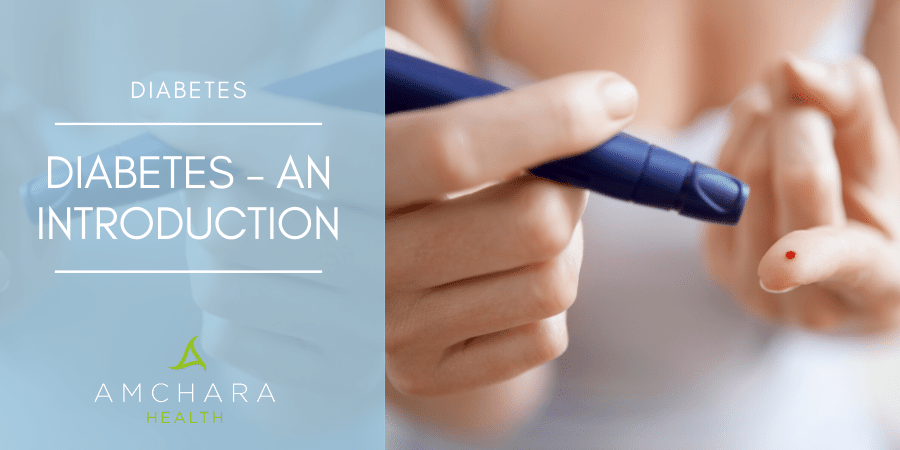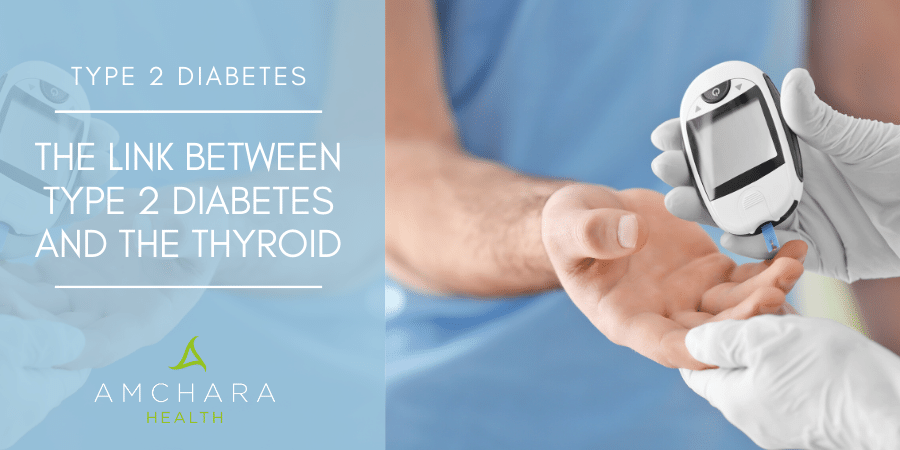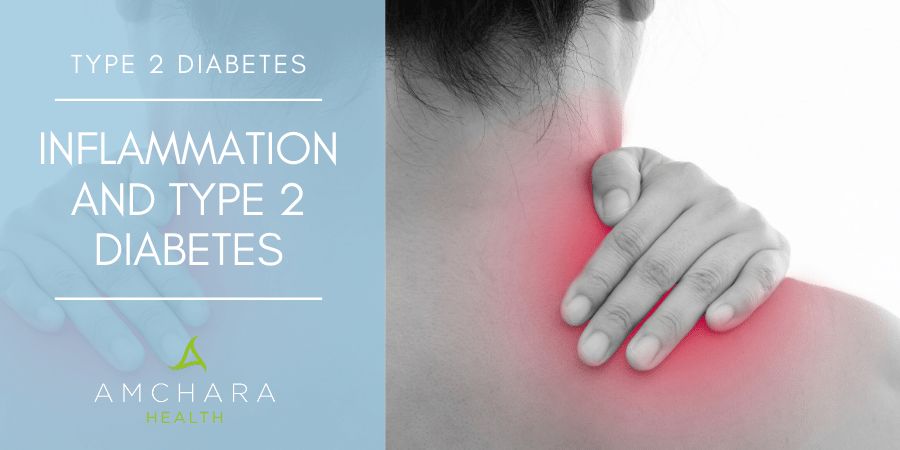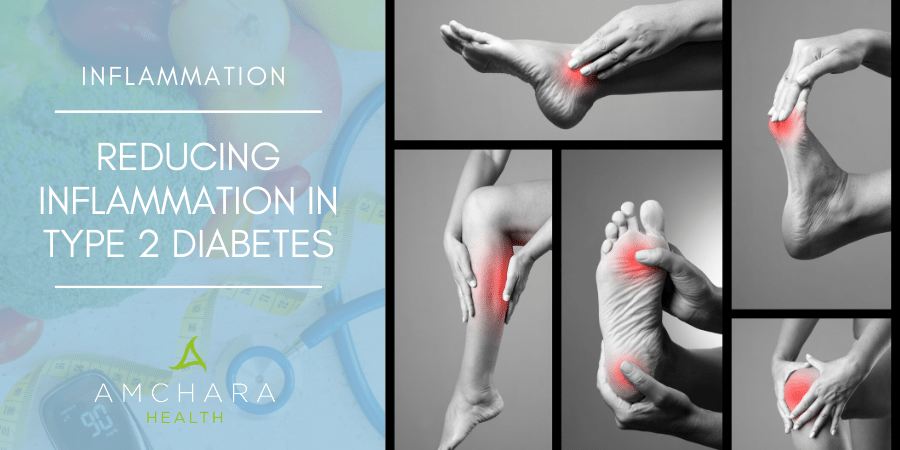Topics Covered in this article:
Diabetes affects over 4.5 million people in the UK and it is estimated that someone is diagnosed with diabetes every two minutes. Despite its prevalence, there can still be confusion around the different types of diabetes, common symptoms and diagnosis.
In this article we take a look at how diabetes develops, what it involves and the implications to health.
Different types of diabetes
Diabetes mellitus can be classed into several types. These include Type 1 diabetes, Type 2 diabetes, gestational diabetes and less common forms.
- Type 1 – insulin dependent diabetes (IDDM)
An autoimmune condition where the body’s immune system mistakenly attacks the insulin producing cells in the pancreas. As insulin is required to move blood glucose into cells or storage sites, a reduction in insulin production from the pancreas leads to an inability to regulate blood glucose. It is termed insulin dependent because treatment involves the need to monitor blood glucose carefully and inject insulin daily.
It occurs mostly in children and adolescents who have a normal body weight or who are slightly underweight and approximately 8% of cases of diabetes are Type 1 (1).
- Latent autoimmune diabetes of adulthood (LADA) / Type 1.5 diabetes
This form of diabetes is usually diagnosed between the ages of 30-50 and like Type 1 diabetes involves autoimmune destruction of insulin producing cells. It is sometimes referred to as Type 1.5 diabetes. Like Type 1 diabetes, LADA is characterised by the presence of antibodies to a particular enzyme, called GAD, that is involved in pancreatic function.
LADA develops gradually over a period of time and so shares some similarities with Type 2 diabetes. In fact, it may be common for a diagnosis of Type 2 diabetes to be made initially. As time progresses LADA results in an inability to produce insulin and therefore a dependence on insulin injections.
- Type 2 diabetes (NIDDM)
Often called non-insulin dependent diabetes (NIDDM) or ‘adult onset’ diabetes, it is thought that around 90% of cases of diabetes are Type 2. Type 2 diabetes involves resistance to the effects of insulin, therefore leaving blood glucose to remain high. Initially the pancreas tries to secrete more insulin to deal with blood glucose, but body cells don’t respond effectively, after a time the pancreas fails to produce insulin. This can lead to the development of Type 1 diabetes and a dependence on insulin.
- Gestational diabetes
This form of diabetes only occurs in pregnancy and although can occur at any stage of the pregnancy it is mostly seen in the second or third trimester. It may affect around 5% of pregnant women and like Type 2 diabetes involves body cells being resistant to insulin or an inability to produce enough insulin. Following the birth of the baby gestational diabetes should resolve itself, although there is seen to be an increased risk of developing Type 2 diabetes later on (2).
Signs and symptoms of diabetes
Type 1 diabetes symptoms may occur suddenly and can include unexplained weight loss and hunger soon after eating. Many of the signs and symptoms of Type 2 diabetes and gestational diabetes are initially very subtle and can go unnoticed. These can include:
- Increased thirst
- Increased urination
- Unusual odour to urine
- Fatigue
- Brain fog
- Blurry vision
- Poor wound healing
- Dark skin under armpits, chin or in the groin
- Moodiness and irritability.
Risk factors for diabetes
There are many factors involved the development of diabetes and often it is an accumulation of several factors that contribute to its development. Factors that are known to be involved include:
- Genetics – there is a family link and it occurs more frequently in African-Caribbean people or those from South Asia
- Age – being over 45 years old increases the risk of developing Type 2 diabetes
- Increased body weight, particularly if fat is visceral (abdominal) fat
- High intake of sugar or simple carbohydrates
- Increased intake of artificial sweeteners such as in fizzy drinks (3)
- A lack of physical exercise
- Increased and prolonged stress levels (4)
- Increased blood pressure or cholesterol.
Health implications of diabetes
Persistently high blood sugar levels that are seen in diabetes can lead to the development of damaging molecules called advanced glycation end products (AGEs). Research has shown that AGEs can affect nearly every cell in the body and are linked to ageing and degenerative conditions like Alzheimer’s (5).
In the long term, diabetes may increase the risk of:
- Cardiovascular disease
- Nerve damage and pain (neuropathy)
- Urinary tract issues
- Circulatory problems
- Eye damage
- Sexual dysfunction
Getting tested for diabetes
Many of the symptoms of diabetes can be vague and there can be crossover with symptoms of other conditions, for example fatigue, excessive thirst and frequent urination may also be involved in several other hormonal or metabolic conditions.
An accurate diagnosis or monitoring of the condition may be obtained through the use of several tests:
- HbA1c – this is a long term indication of blood glucose balance and measures how much glucose is bound to the oxygen carrying protein haemoglobin. The readings reflect glucose control over a period of 2-3 months. A ‘normal’ HbA1c should be under 42 mmol/mol and levels rising above this may indicate issues with glucose control or the development of diabetes.
- Blood glucose – a blood test can give a snapshot indication where blood glucose levels fall. As food and activity can impact these readings a fasting test may be more accurate. An elevated fasting blood glucose (after 12 hours without food) may indicate issues with insulin. Testing blood glucose in between meals can aid in accurate insulin dosing. Home testing can be achieved through the use of a machine called a glucometer.
- Insulin – a fasting blood measurement of insulin levels may give a rough indication of insulin sensitivity. Higher insulin levels may suggest body cells are not responding. These tests are not always available through GP surgeries but can be obtained through the use of private laboratories or Healthcare Practitioners.
- C-peptide – this molecule is released at the same time as insulin and although does not impact blood glucose itself it may remain in the blood longer than insulin and give an indication of how much insulin the body is producing.
- Urinalysis – a dipstick urine test can detect the presence of glucose or ketones in the urine. Ketones are produced when the body resorts to energy production from fats rather than glucose. Ketones may be seen in the urine in uncontrolled Type 1 diabetes.
Summary
With the incidence of diabetes set to reach 5 million or more in the UK alone by 2025, it is a leading global health concern. There are a variety of different types of diabetes, but the majority of cases are Type 2 diabetes. Some experts now believe making significant nutritional and lifestyle changes can put Type 2 diabetes into remission.
If you would like to know more about your risk of developing Type 2 diabetes, a one to one consultation with a private Personalised Healthcare practitioner alongside specific tests allows for the development of a unique programme designed to help you reach your health goals.
We’re dedicated to providing you with both insightful information and evidence-based content. Did you find this article useful? We’d love to hear your thoughts, get in touch!
Read this next:




